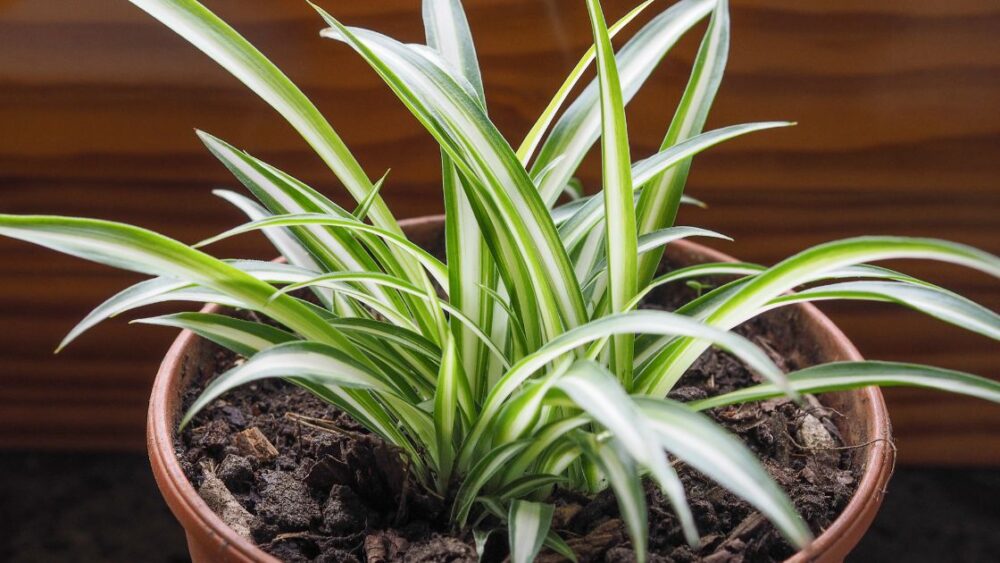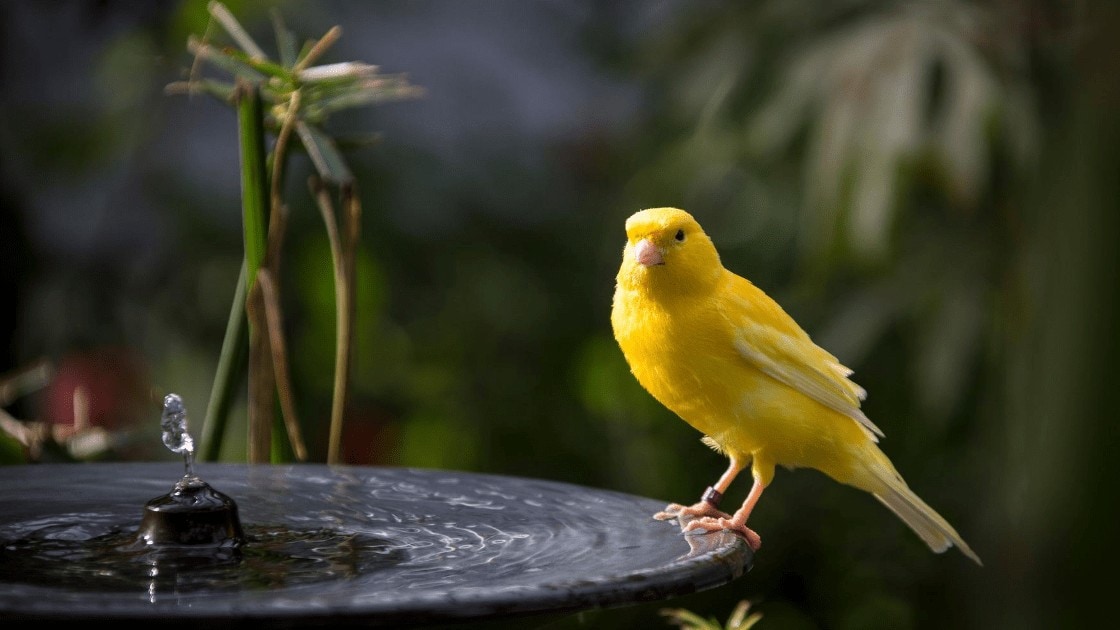
Spider plants, known scientifically as Chlorophytum comosum, have become beloved houseplants for their striking appearance and ease of care. With their arching foliage and cascading leaves, spider plants bring a touch of elegance to any indoor space. However, did you know that there are various spider plant varieties, each with its unique features?
In this article, we will delve into the fascinating world of spider plant varieties and explore their distinctive characteristics. By understanding these different types, you can choose the perfect spider plant to add beauty and greenery to your home.
Different Types of Spider Plants Varieties Types and Their Unique Features
Below you will find different spider plants that fits your garden theme and needs:
Browse our Affiliate Products
Classic Spider Plant (Chlorophytum comosum)

Let’s begin with the classic green spider plant, which is the most widely recognized and commonly found variety. Known for its long, slender leaves and arching foliage, this spider plant is a timeless choice. Its vibrant green color adds a refreshing touch to any room. With proper care, the classic spider plant can produce delicate white flowers, enhancing its overall beauty. These plants are relatively low-maintenance and adapt well to different lighting conditions, making them an excellent choice for beginners.
Variegated Spider Plant Varieties
Variegated spider plants are a favorite among plant enthusiasts due to their stunning foliage patterns. These varieties, such as ‘Vittatum’ and ‘Variegatum,’ feature leaves adorned with white or yellow stripes, adding a touch of elegance and visual interest. The contrasting colors create a captivating display, making variegated spider plants an excellent choice for those seeking a striking focal point in their indoor gardens. These plants require bright, indirect light to maintain their variegation and should be watered consistently to prevent drying out.
Curly Spider Plants (Chlorophytum comosum ‘Bonnie’)
For those who appreciate a twist in plant aesthetics, curly spider plants, also known as ‘Bonnie,’ offer a unique and enchanting appeal. The leaves of this variety have delightful curls and twists, adding a whimsical touch to your indoor greenery. The curly foliage creates a playful and dynamic visual effect, making it a conversation piece in any space. Care for curly spider plants is similar to that of other spider plant varieties, requiring bright, indirect light and regular watering.
Spider Plant Cultivars with Unique Leaf Shapes
Apart from variegation and curls, there are spider plant cultivars that boast unique leaf shapes, further diversifying their charm. Varieties such as ‘Bonnie,’ ‘Hawaiian,’ or ‘Zebra’ feature leaves with distinct edges, stripes, or patterns, adding an element of intrigue to their overall appearance. These cultivars offer a refreshing twist on the classic spider plant, allowing you to express your personal style and taste through your indoor greenery. While care for these cultivars aligns with general spider plant guidelines, it’s important to be attentive to their specific needs to maintain their unique leaf shapes.
Rare and Uncommon Spider Plant Varieties
For adventurous plant lovers seeking something truly extraordinary, there are rare and uncommon spider plant varieties that will captivate your imagination. Examples include the ‘Milky Way’ or ‘Rabbits Foot,’ which feature fascinating characteristics that set them apart. The ‘Milky Way’ spider plant displays leaves with intricate white speckles, reminiscent of a starry night sky, while the ‘Rabbits Foot’ variety showcases unique fuzzy roots that resemble rabbit paws. These extraordinary spider plants require special care and attention to thrive, and they can be a rewarding addition to any collection of rare plants.
Choosing the Right Spider Plant for Your Space:
Now that we’ve explored the different spider plant varieties and their distinct features, how do you choose the perfect one for your space? Consider the following factors:
1. Lighting Conditions: Assess the lighting conditions in your home, as different varieties have varying light requirements. Classic spider plants can tolerate a range of lighting conditions, but variegated varieties need bright, indirect light to maintain their coloration.
2. Space Availability: Evaluate the available space you have for your spider plant. Consider whether you want a hanging plant or a potted one. Some varieties, like curly spider plants, look stunning in hanging baskets, while others thrive in traditional pots.
3. Maintenance Preferences: Determine your maintenance capabilities and preferences. While spider plants, in general, are relatively low-maintenance, some varieties may require specific care. Factor in your ability to meet their watering, humidity, and feeding needs.
Once you’ve considered these factors, visit your local nursery or explore online plant sellers to find the spider plant variety that speaks to your heart. Sharing your space with these vibrant and diverse plants will undoubtedly add a touch of nature’s beauty to your surroundings.
Final Thoughts
Spider plants offer a wonderful array of varieties that cater to every plant lover’s preferences. Whether you opt for the classic green variety, the mesmerizing variegated plants, or the enchanting curly or unique leaf-shaped cultivars, each spider plant brings its own charm and personality to your indoor space.
As you embark on your journey of selecting and caring for spider plants, remember to provide them with the appropriate lighting, water, and care based on their specific needs. These stunning plants will reward you with their elegance, air-purifying qualities, and the joy they bring to your home. Embrace the beauty of spider plant varieties, and let them be a source of inspiration and tranquility in your personal sanctuary of greenery.









